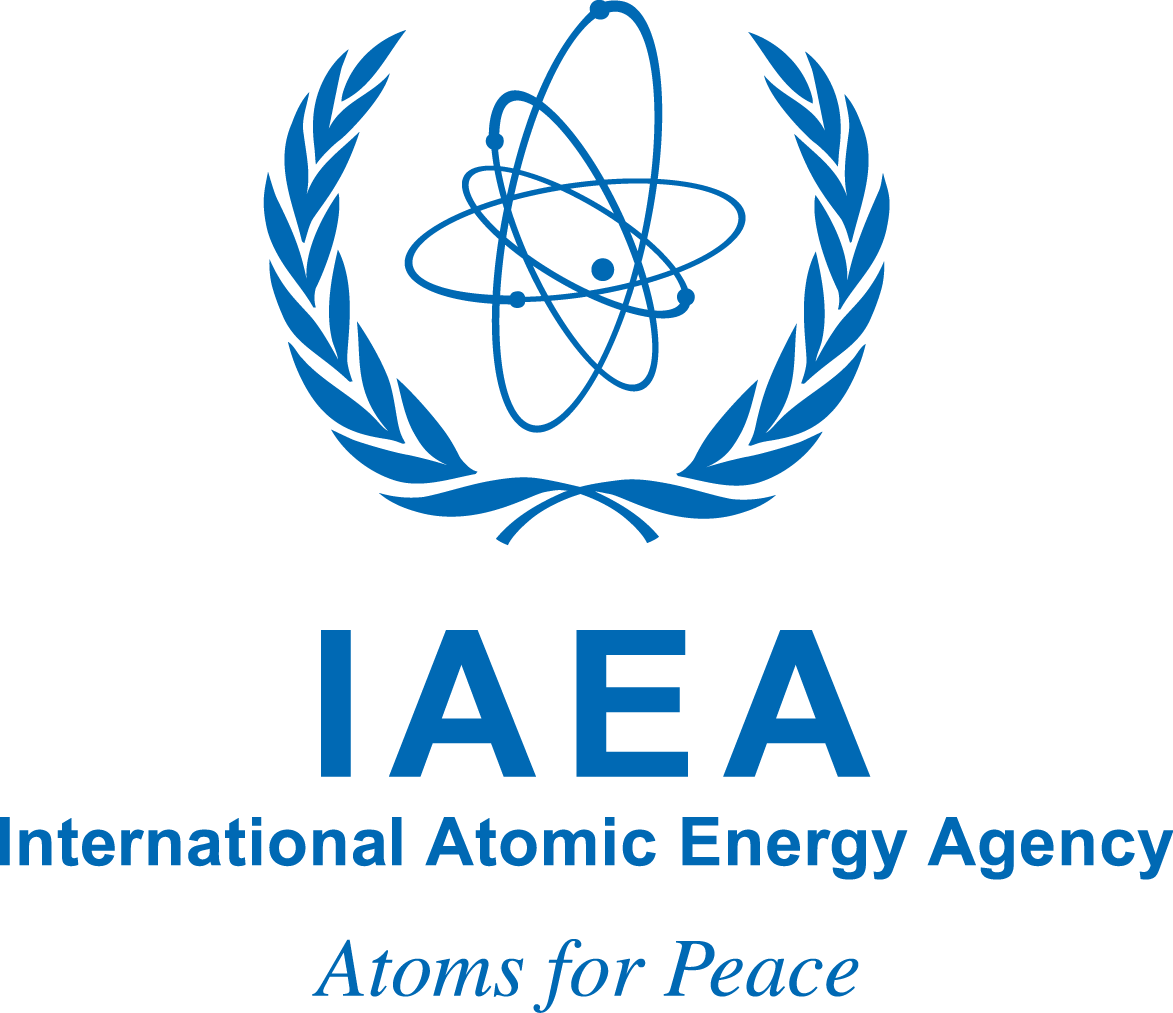Part 1 of 2 Parts
Japan has begun releasing treated radioactive water into the Pacific Ocean from the 2011 Fukushima nuclear disaster. The release was opposed by China with a ban on Japanese seafood imports. There were also protests in Japan and South Korea.
The United Nations’s (U.N.) International Atomic Energy Agency (IAEA) claims that the released water will have “negligible” radiological impact on people and the environment. However, many people wonder if it is really safe.
In 2011, a earthquake followed by a tsunami wrecked the Fukushima Daiichi nuclear power plant. The cooling system was destroyed which resulted in overheating of the reactor cores and contamination of water inside the facility with highly radioactive material.
Since the disaster, TEPCO, the nuclear power plant company, has been pumping in water to cool down the reactors’ nuclear fuel rods. Every day, the plant produces more contaminated water which is stored in more than one thousand tanks. This is enough to fill five hundred Olympic swimming pools.
Japan says that it needs the land currently occupied by the tanks to build new facilities required to safely decommission the plant. Japan has also raised concerns about the consequences if the tanks were to collapse in a natural disaster.
Japan is releasing the contaminated water into the Pacific Ocean gradually. It has received approval from the IAEA for the release. The first release is one of four releases scheduled between now and the end of March 2024. It is estimated that the entire process will take at least thirty years.
If Japan had been able to remove all radioactive elements from the contaminated water before sending it to the ocean, maybe there would not have been such a controversy.
The problem is being caused by a radioactive isotope of hydrogen called tritium. Tritium atoms have two neutrons in the nucleus. It cannot be removed from the contaminated water because there is no technology able to do it. Instead, the contaminated water is diluted.
The general consensus from experts is that the release is safe. However, not all scientists agree on the impact it will have. Tritium is present in water across the globe. Most scientists have argued that if the levels of tritium are very low, the impact will be minimal. However, critics say that more studies on how it could affect the ocean bed, marine life and humans are needed.
The IAEA has a permanent office at Fukushima. It said that an “independent, on-site analysis” had shown that the tritium concentration in the water discharged was “far below the operational limit of 1,500 becquerels per liter (Bg/L)”. That is six times less than the World Health Organization’s limit for safe drinking water, which is at least 10,000 Bg/L.
On August 25, the release of contaminated water began. TEPCO said that seawater samples taken on that day showed that radioactivity levels were within safe limits. The tritium concentration in the contaminated water was below 1,500 Bq/L. Japan’s environmental ministry said that it had also collected seawater samples from eleven different locations on the 25th. The results of the testing were released on August 27th.
Please read Part 2 next
